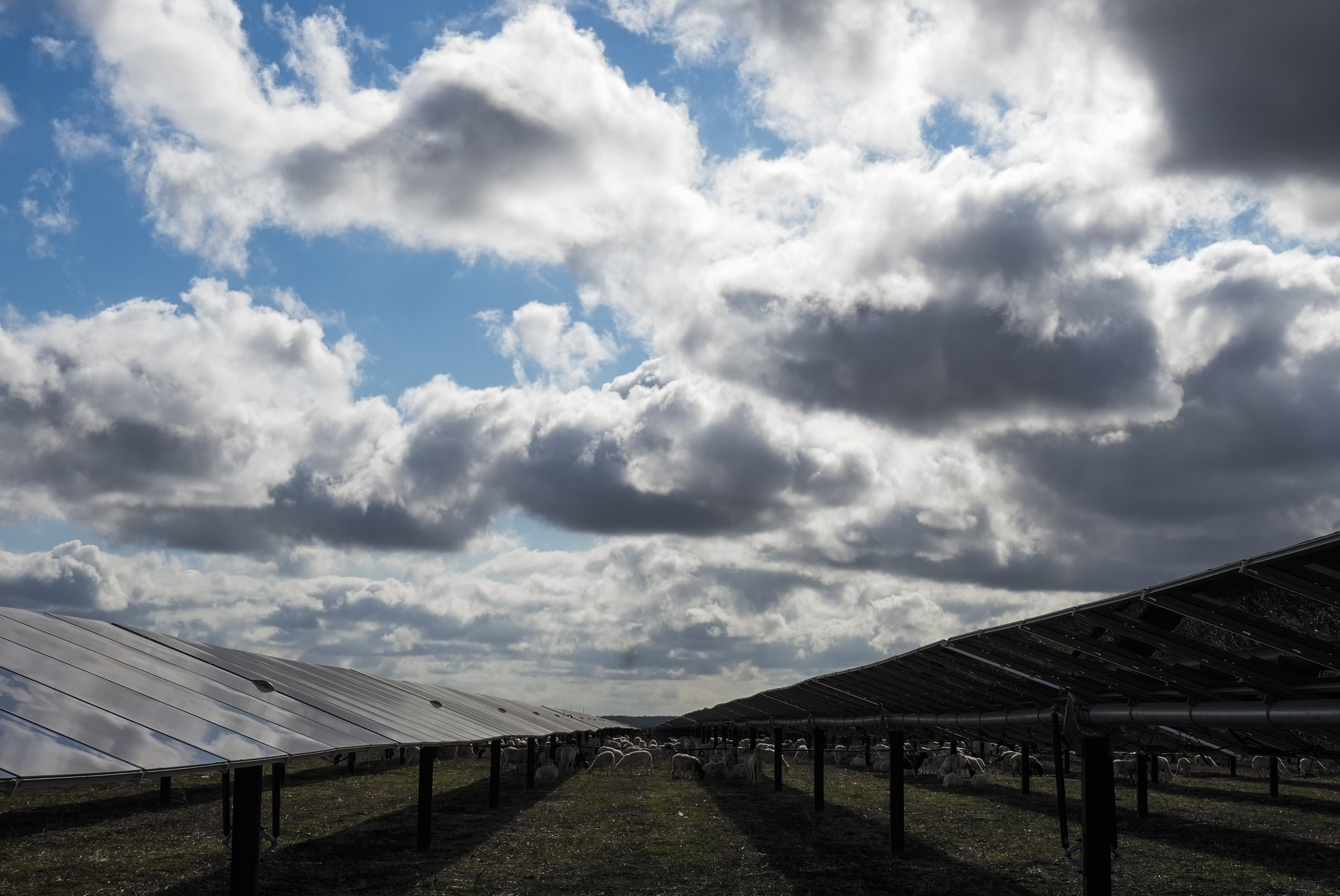GREELEY, Colorado (KFOR/Storyful) — What can appear to be a giant, colorful eyeball in the sky is actually called a Sundog.
Jennifer Finch captured the video at the top of this story, showing a brilliant Sundog in Greeley, Colorado on October 30, while a light snow gently falls in the foreground.
Sundogs differ somewhat from rainbows. Almanac.com explains it like this: “Rainbows form when drops of rain act as prisms, breaking sunlight into a multitude of colors. Sundogs appear when sunlight passes through a thin veil of ice crystal clouds (usually cirrus or cirrostratus), and the ice acts as a prism, refracting the light.”
While rainbows typically signify an end to the rain, Sundogs typically mean that rain will begin within the next 24 hours.
Sundogs usually appear when the Sun is rising or setting, and is closer to the horizon.
According to the National Weather Service, the colorful spots vary from Sundog to Sundog. “They are located approximately 22 degrees either left, right, or both, from the Sun, depending on where the ice crystals are present. The colors usually go from red closest to the Sun, out to blue on the outside of the Sundog.”
Sundogs can also happen at night, in which case they are called “Moondogs.”
As for how the Sundog got its name, it apparently dates back to Greek mythology. As legend has it, when Zeus walked his two dogs across the sky, the two bright spots on either side of the Sundog, or “false suns,” symbolized Zeus’ dogs.
Sundogs are not the only phenomenon that have some scratching their heads. To learn more about halos and sun pillars, click here.

























